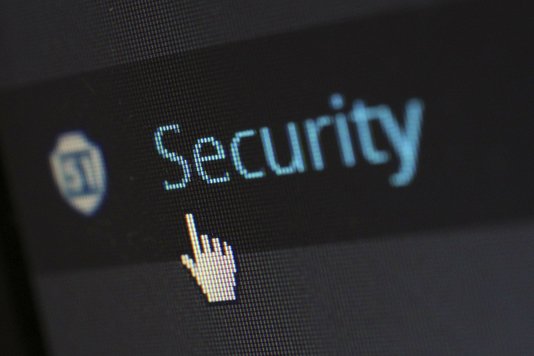Almost all WordPress websites are vulnerable to malware attacks. When a website is hacked or its security is compromised, it will undoubtedly reduce the company's reputation, cost a lot to restore the system to normal and create a huge impact on search engine ranking.
However, if there is a check on security controls to tighten the boundaries, websites can effectively protect themselves against malicious attacks. In this article, we discuss some tips for troubleshoot WordPress security issues. Read on to learn more.
Related articles
Introduction to Sitejet: Create your website without...
April 20, 2025
5 min of reading time
 0 comments
0 comments
La Nueva Herramienta Site Quality Monitoring en cPanel
07 de February del 2024
5 min of reading time
 0 comments
0 comments
SiteJet Builder: La Herramienta Mejorada de cPanel
07 de February del 2024
9 min of reading
 0 comments
0 comments


